Robot Sensors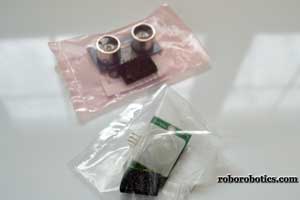
Sensors are the electronic devices that provide feedback from the world to make robots appear to have intelligence. Sensors are what really differentiates robots from computers or remote control vehicles. Sensors provide robotics with sight so they can interact, perform tasks, avoid crashing, and avoid hurting things around them. There are many different electronics components that robot makers have cleverly used as sensors for their robot projects. Here are a few examples:
![]()
Microswitches
Microswitches (push buttons) offer the simplest way for robots to detect the world around them. The many robot kits like Parallax's BOE BOT use whiskers connected to a microswitch to detect walls and other objects that the robot may bump into. Microswitches offer decent object avoidance capability, but some hazards like a vertical drop or soft terrain that cannot be crossed, are difficult to detect with a microswitch.
Infrared (IR)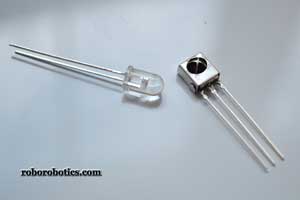
Infrared (IR) control has been around a long time in consumer electronics. Most older electronics and toys that had a remote control used IR light waves to communicate from the remote to the electronic device. This inexpensive technology can be employed on a robot for either communication or object detection. A fully autonomous robot would not need a remote to control its functions, but IR signals can be placed in areas where the robot operates to provide feedback to the robot for navigation or performance of tasks. The IR signal can also be placed right on the robot. In this case, on or more IR light emitters give off the infrared and one or more IR detectors on the robot look for reflected IR light.
Passive Infra-Red (PIR)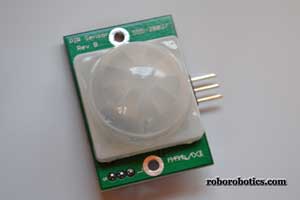
PIR sensors are becoming quite popular with robot builders. They have excellent motion detection capability. PIR sensors are also very durable and inexpensive.
2 or 3-Axis Tiltmeter
This type of sensor measures tilt angle on 2 or 3-axis. It is very useful in robotic applications to keep track of the angle of the robot base or arm. It can also be used to help take measurements of angle for reporting back to an on-board data collector or a PC.
2 or 3-Axis Accelerometer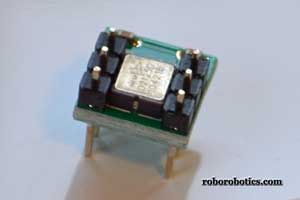
The mass production of the Nintendo Wii and smart phones has lowered the cost of previously expensive 3-axis accelerometers. This is a good thing for robot makers. Accelerometers are very useful in robot application to detect tilt. A 2 of 3 axis accelerometer is also capable of detection of dynamic movement, tapping, or free fall. There are many ways to use this sensing technology in robotics.
Light to Frequency Converter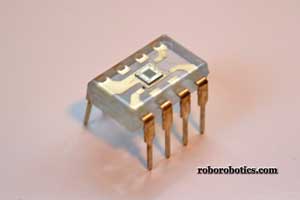
A light to frequency converter is used to detect different levels of light. The light can either be direct light or reflected light. A small voltage is applied to the sensor and it outputs a square output wave. The frequency of the wave is proportional to the amount of light input by the sensor. It has a very low current draw, so it works well on mobile robots.
Ultrasonic Range Finder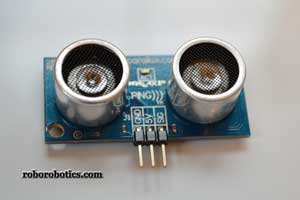
This type of sensor uses sound waves to detect distance. The sound waves are output from the device then the rebounding sonic waves are converted to output. Ultrasonic range finder sensors typically have 3 types of output, analog voltage, serial (TTL or RS-232), or digital output (Pulse width modulation).
